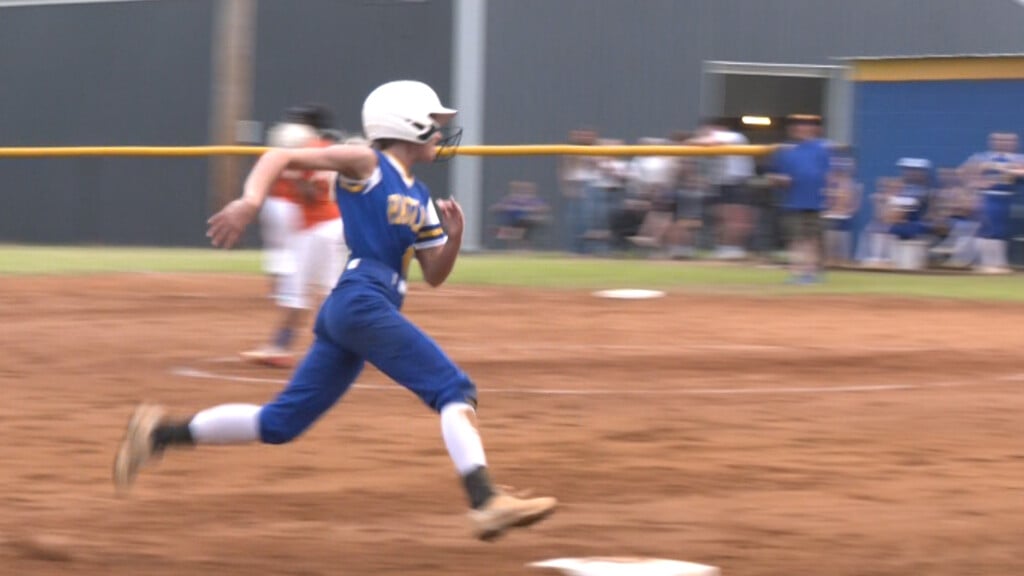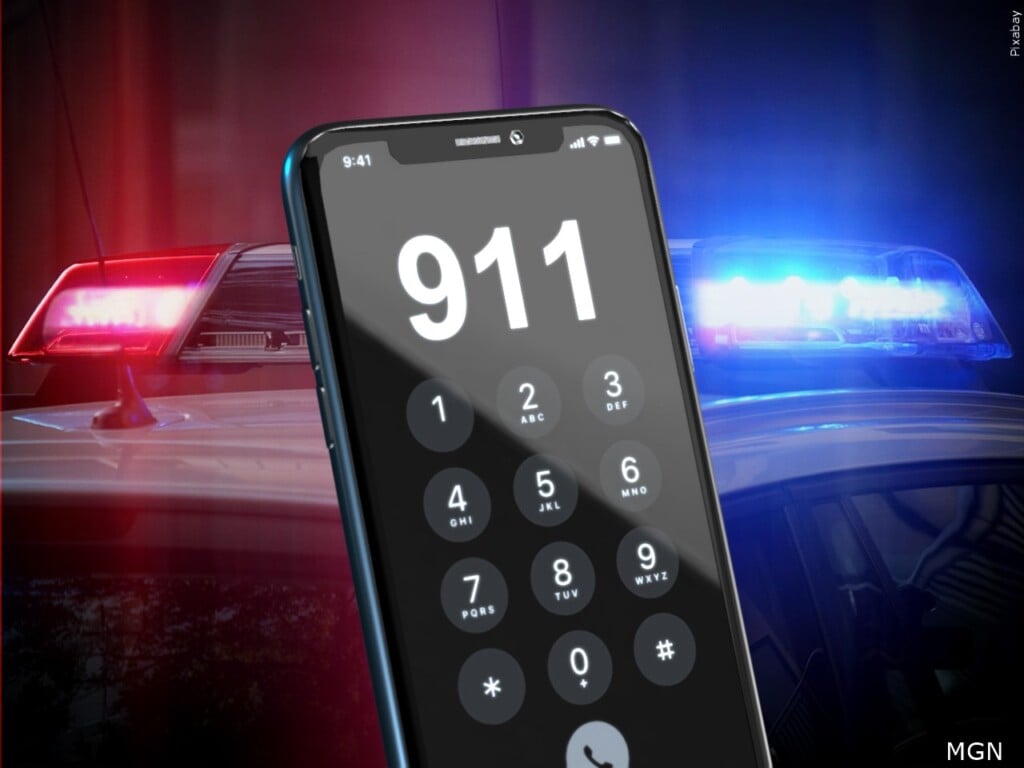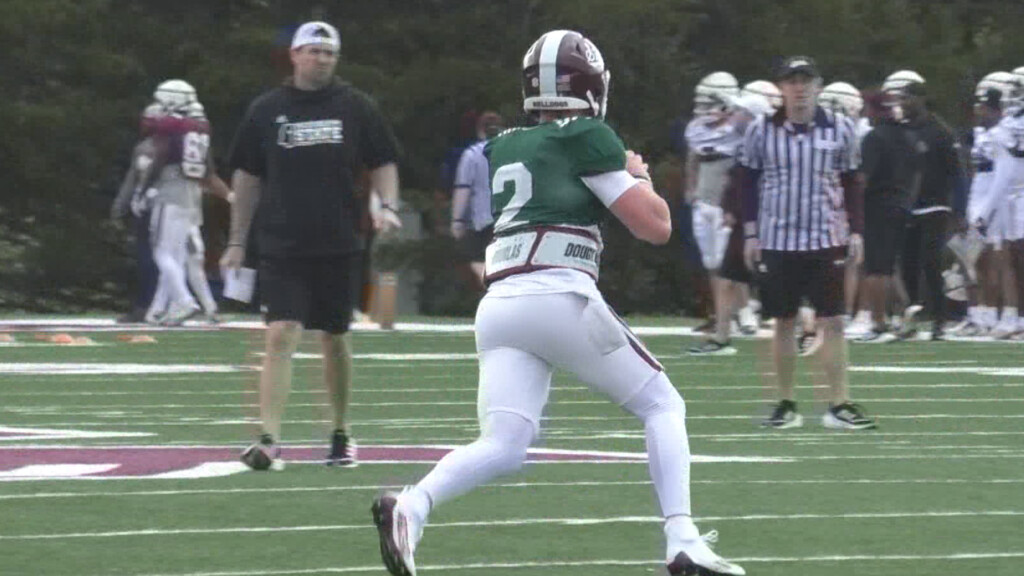U.S. Dept. of Transportation Moves forward with V2V Communication Technology
JACKSON, Miss. (Press Release) — When vehicles and roadway infrastructures are able to exchange information with each other, there is great potential to make Mississippi’s transportation system significantly safer, smarter and greener.
The U.S. Department of Transportation’s (USDOT) National Highway Traffic Safety Administration (NHTSA) recently announced that it will begin taking steps toward enabling vehicle-to-vehicle (V2V) communication technology for light vehicles. The technology would improve safety by allowing vehicles to communicate directly with each other and ultimately avoid future accidents by exchanging basic safety data, such as speed and position, 10 times per second.
Research conducted by USDOT indicated that vehicles using V2V technology will be able to identify certain risks and will provide drivers with warnings to avoid other vehicles in common accident scenarios such as rear-end, lane change and intersection crashes with safety data such as speed and location of nearby vehicles. These applications will benefit all motorists by making Mississippi’s roads safer.
“This groundbreaking technological platform will ensure a safer and more reliable transportation infrastructure for our state,” said Mississippi Department of Transportation (MDOT) Executive Director Melinda McGrath. “MDOT welcomes this robust technology and its many safety advantages that will benefit all motorists in Mississippi.”
NHTSA is also considering future actions on active safety technologies that rely on on-board sensors, including requiring rear visibility technology in all new vehicles under 10,000 pounds by May 2018. This rear visibility system would expand rear views enabling the driver to detect areas behind the vehicle. These types of safety applications are eventually expected to blend with V2V technology. The technologies will not automatically operate vehicle systems, such as braking or steering, but are being developed to provide warnings to motorists, preventing imminent collisions and ultimately saving lives.
The information sent from V2V technology does not involve exchanging or recording personal information, nor does it track vehicle movements. Instead, it merely contains basic safety data and contains several layers of security and privacy protection to ensure that vehicles can rely on messages sent from other vehicles and that a vehicle would be identifiable through defined procedures only if there is a need to fix a safety problem.
“Vehicle-to-vehicle technology represents the next generation of auto safety improvements, building on the life-saving achievements we’ve already seen with safety belts and air bags,” said U.S. Transportation Secretary Anthony Foxx. “By helping drivers avoid crashes, this technology will play a key role in improving the way people get where they need to go while ensuring that the U.S. remains the leader in the global automotive industry.”
Find more information on vehicle-to-vehicle communication research at http://www.safercar.gov/v2v/index.html.





Leave a Reply